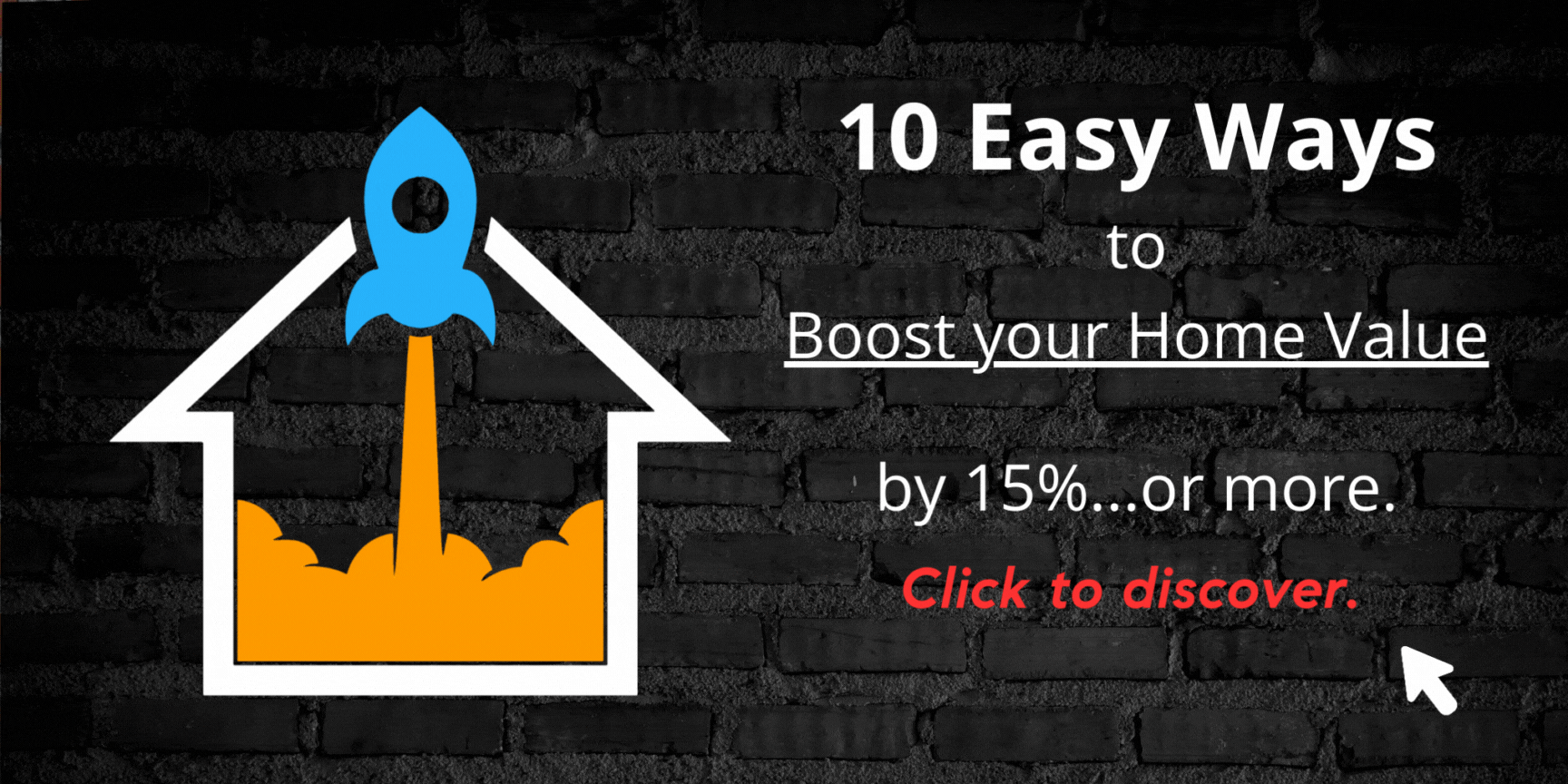Welcome to our guide on dealing with low ball offers on your Bay Area home. Selling a property can be an exciting but challenging process, especially if you receive offers that are significantly lower than your asking price. In this article, we will explore strategies and tips to help you navigate these low ball offers and negotiate the best possible outcome for your home sale. Whether you’re a first-time seller or a seasoned homeowner, understanding how to handle low ball offers can make a significant difference in your selling experience.
Understanding Low Ball Offers
Before we dive into the strategies for dealing with low ball offers, let’s first clarify what exactly constitutes a low ball offer. In real estate, a low ball offer refers to an offer that is significantly below the listing price or the market value of a property. These offers can be frustrating for sellers, as they may feel undervalued or even insulted by the buyer’s offer. However, it’s essential to approach these offers with a level head and consider the potential motivations of the buyer.
Reasons Behind Low Ball Offers
There are several reasons why buyers may submit low ball offers on properties. It’s crucial to understand these motivations to navigate the negotiation process effectively. Here are a few common reasons for low ball offers:
- Market Conditions: In a buyer’s market, where there is an abundance of inventory and fewer buyers, buyers may feel more inclined to submit low offers in an attempt to secure a good deal.
- Property Condition: If your property requires significant repairs or updates, buyers may factor in these costs when making an offer. They may see potential issues as an opportunity to negotiate a lower price.
- Appraisal Concerns: Buyers who are financing their purchase may be concerned about the appraisal value of the home. If the appraised value is lower than the asking price, they may submit a low ball offer to align with the appraisal.
- Negotiation Strategy: Some buyers may intentionally start with a low offer as a negotiation tactic. They hope to initiate a back-and-forth dialogue that will eventually lead to a mutually agreeable price.
Strategies for Dealing with Low Ball Offers
Now that we have a better understanding of low ball offers and the motivations behind them, let’s explore some strategies for effectively handling these offers:
1. Stay Calm and Objective
Receiving a low ball offer can be emotionally challenging, but it’s essential to remain calm and objective throughout the negotiation process. Avoid taking the offer personally and remember that it’s a business transaction. Responding with a level-headed approach will help you make rational decisions.
2. Know Your Bottom Line
Before entering into negotiations, determine your bottom line – the lowest acceptable price for your property. This figure will serve as your guiding principle throughout the negotiation process. Having a clear understanding of your limits will prevent you from accepting an offer that is too far below your expectations.
3. Evaluate the Buyer’s Motivations
Take the time to evaluate the buyer’s motivations for submitting a low ball offer. Are they genuinely interested in your property, or are they testing the waters? Understanding their intentions can help you strategize your response and counteroffer effectively.
4. Counteroffer Strategically
When responding to a low ball offer, consider countering with a slightly higher price that is still within a reasonable range. This approach demonstrates your willingness to negotiate while firmly establishing your value. Additionally, you can outline any features or improvements that justify your asking price.
5. Highlight Your Home’s Unique Selling Points
In your counteroffer, emphasize the unique selling points of your property. Highlight any recent upgrades, desirable neighborhood features, or proximity to amenities that make your home stand out. By accentuating these qualities, you can justify your asking price and potentially sway the buyer’s perspective.
6. Provide Comparable Market Data
Support your counteroffer with relevant comparable market data. This information should include recent sales of similar properties in your area, demonstrating that your asking price is reasonable and in line with market trends. Presenting concrete evidence can help sway the buyer’s perception of your property’s value.
7. Consider Offering Incentives
If the buyer remains hesitant, consider offering incentives to sweeten the deal. These incentives could include covering closing costs, providing a home warranty, or offering a credit for repairs or updates. By providing additional value, you may entice the buyer to reconsider their initial offer.
8. Seek Professional Advice
If you’re unsure about how to navigate the negotiation process or handle low ball offers, it’s wise to seek professional advice. A real estate agent with experience in your local market can provide valuable insights and guidance to help you make informed decisions. They can also act as a buffer between you and the buyer, facilitating productive communication.
9. Be Prepared to Walk Away
While it’s essential to negotiate and explore possibilities, there may come a point where it’s best to walk away from a low ball offer. If the buyer is unwilling to meet your bottom line or engage in a reasonable negotiation, it may be more advantageous to wait for other potential buyers who are willing to offer a fair price.
10. Stay Positive and Flexible
Throughout the negotiation process, it’s crucial to maintain a positive mindset and remain flexible. Selling a home can be a complex transaction, and there may be ups and downs along the way. By staying optimistic and adaptable, you can navigate the challenges of low ball offers with resilience and determination.
Conclusion
Dealing with low ball offers on your Bay Area home can be a challenging experience, but with the right strategies and mindset, you can negotiate a successful sale. Remember to stay calm, know your bottom line, and explore counteroffer options that highlight the unique selling points of your property. Seek professional advice when needed and be prepared to walk away if the negotiation becomes unreasonable. By following these tips, you can navigate the negotiation process with confidence and achieve the best possible outcome for your home sale.






